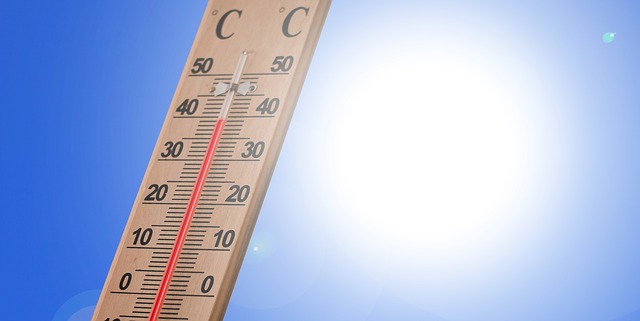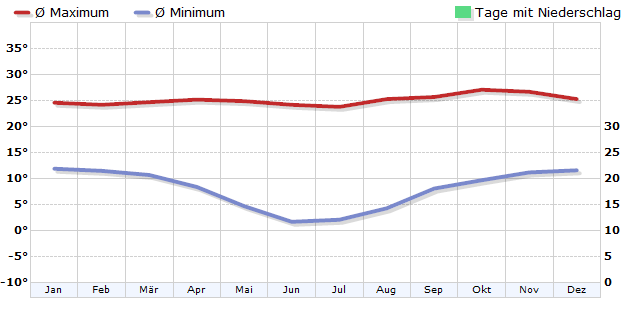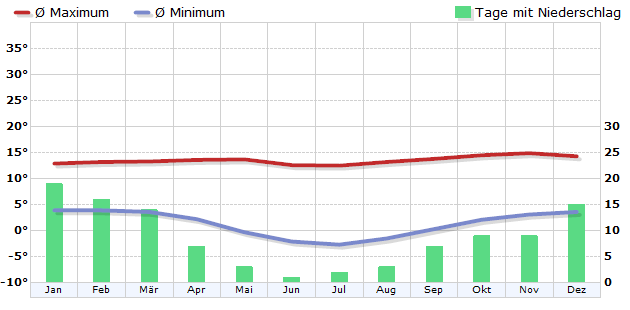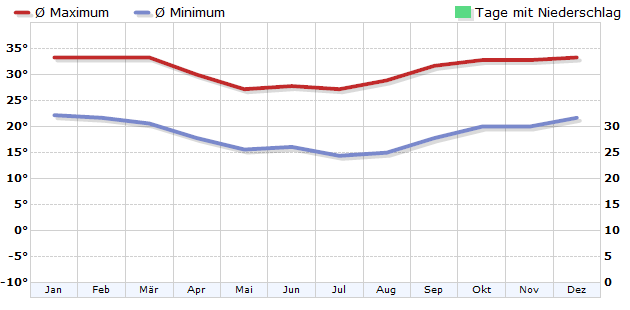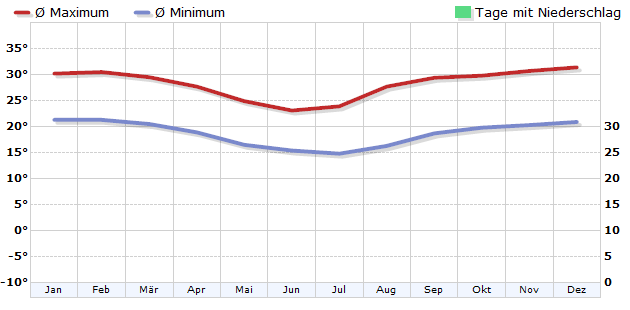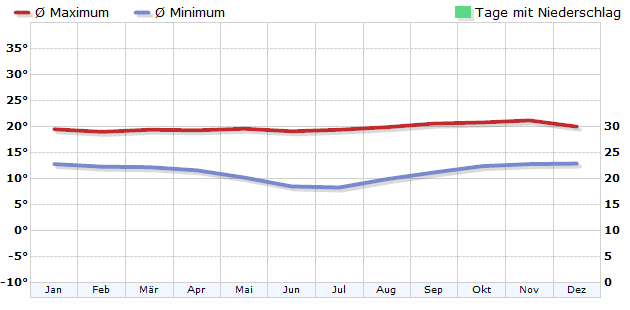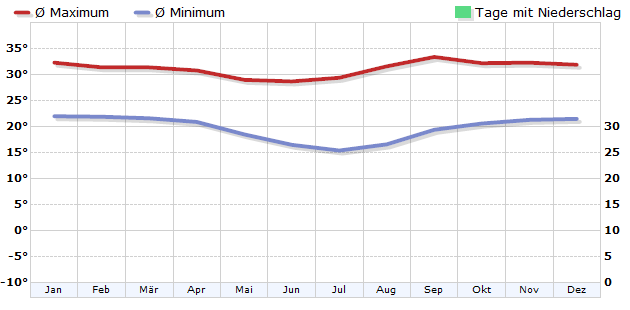Climate Bolivia
In general, Bolivia has three different climate zones. The cold highland zone, which begins at about 3,000 m altitude, the even valley zone at altitudes between 1,500 and 3,000 m and the tropical forest zone, which lies between 100 and 300 m altitude. The climate of the highlands is dry, cool and shows large daily, but small seasonal heat fluctuations. The areas on the eastern side of the Andes are very humid. At altitudes above 5,300 m, the eternal snow zone begins. The lowlands in which the city of Santa Cruz lies have a hot tropical climate, moderately humid in the north and dry in the south.
The best time to visit the highlands is from April to October, the lowlands from May to September.
Travelers planning to visit La Paz or the mining town of Potosí should be aware that due to the altitude of these cities - La Paz and Potosí are about 4,000 m high - health problems can occur. The conversion to this altitude is usually very difficult for Europeans. Heart patients in particular should exercise extreme caution. So one should plan two days for acclimatization, before larger projects are undertaken. In the beginning you should also use a vehicle for shorter distances. Medications against altitude sickness are available on site.
The best time is between April and October. May to July are the coldest months in Bolivia. End of October to March are the rainy months.
